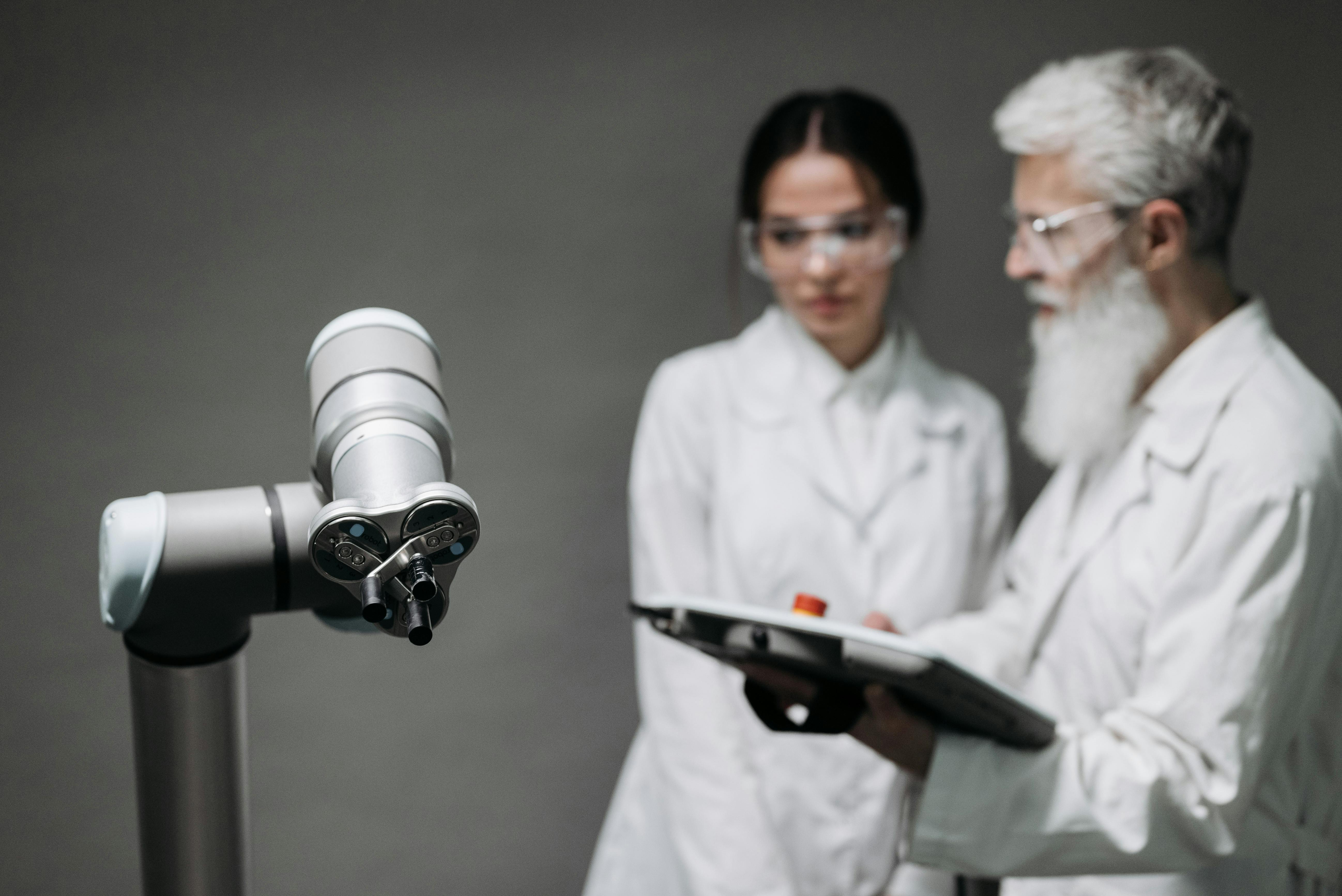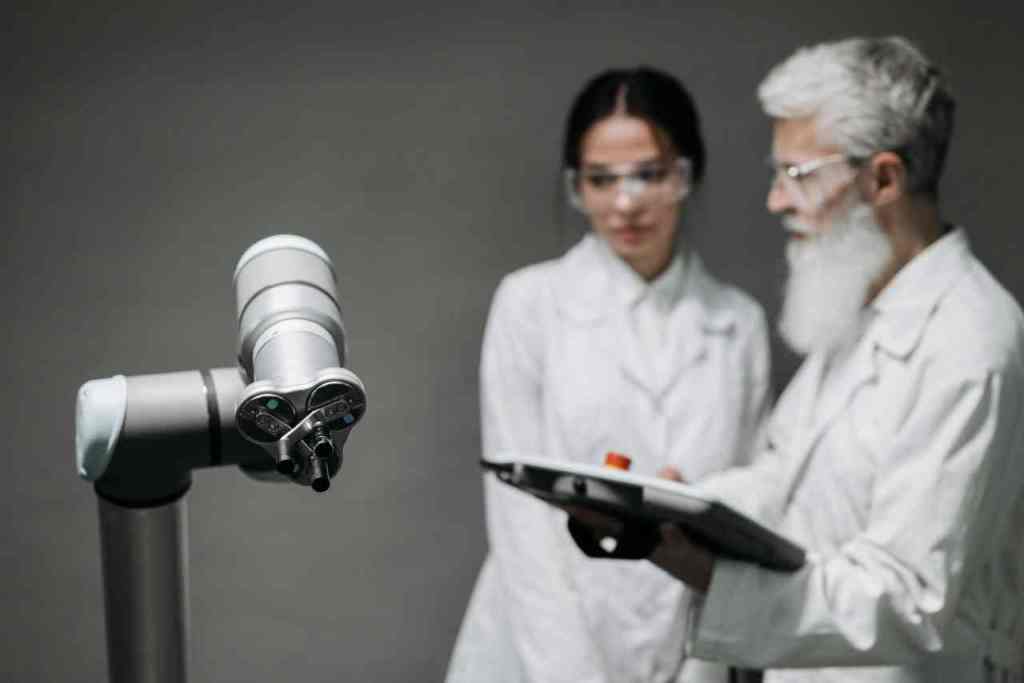
Conclusion: A Glimpse into the Future, Still Under Construction
OpenAI’s endeavor with Jony Ive to create a novel AI hardware device represents a bold leap into a future where artificial intelligence is woven seamlessly into the fabric of our daily lives, moving beyond the limitations of screens. As of October 2025, the project is navigating significant turbulence, grappling with complex issues ranging from the fundamental privacy implications of an “always on” design to the immense technical challenges of securing compute power and refining AI personality. The current delays, while disappointing for eager consumers, highlight a critical commitment to getting the fundamentals right. The market for AI hardware is expanding rapidly, with specialized chips and edge AI taking center stage. [cite:2, cite:3] OpenAI’s venture aims to carve out a unique space within this dynamic landscape, leveraging Jony Ive’s design prowess to create a device that is not only intelligent but also elegant and intuitive.
Key Takeaways:. Find out more about OpenAI Jony Ive AI device development challenges.
- Privacy First: The “always on” nature of the device necessitates paramount focus on user control, data security, and transparent communication.. Find out more about OpenAI Jony Ive AI device development challenges guide.
- Compute is King: Securing sufficient processing power is a major bottleneck, impacting development timelines and feasibility.. Find out more about OpenAI Jony Ive AI device development challenges tips.
- Software Challenges Dominate: While hardware design is strong, the complexities lie in the AI’s software, personality, and its ability to truly understand context.. Find out more about OpenAI Jony Ive AI device development challenges strategies.
- Strategic Imperative: This device is crucial for OpenAI to justify its valuation and establish a new ecosystem for AI interaction.. Find out more about OpenAI Jony Ive AI device development challenges technology.
- Market Realities: The project must learn from past hardware ventures and offer a truly differentiated experience to succeed.. Find out more about Always on AI device privacy concerns technology guide.
Actionable Insights for the Future:
For consumers, staying informed about how AI devices handle privacy and data will become increasingly vital. For the industry, the focus must remain on building trust through ethical design and robust security. For OpenAI and Ive, the path ahead requires not just technical innovation but also a deep understanding of human psychology and societal impact. The success of this venture will depend on their ability to successfully navigate these intricate challenges, proving that cutting-edge AI can be both powerful and profoundly human-centered.
What are your thoughts on the future of screenless AI devices? Share your opinions in the comments below!
